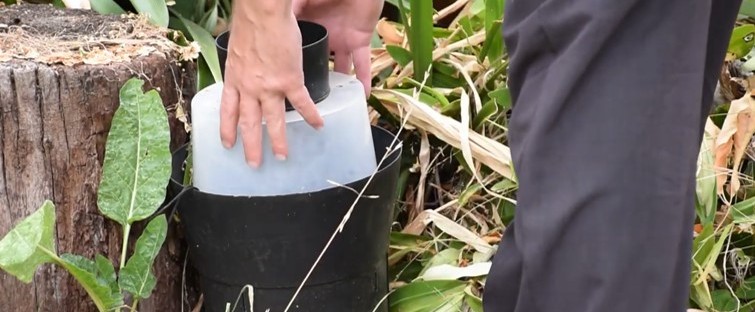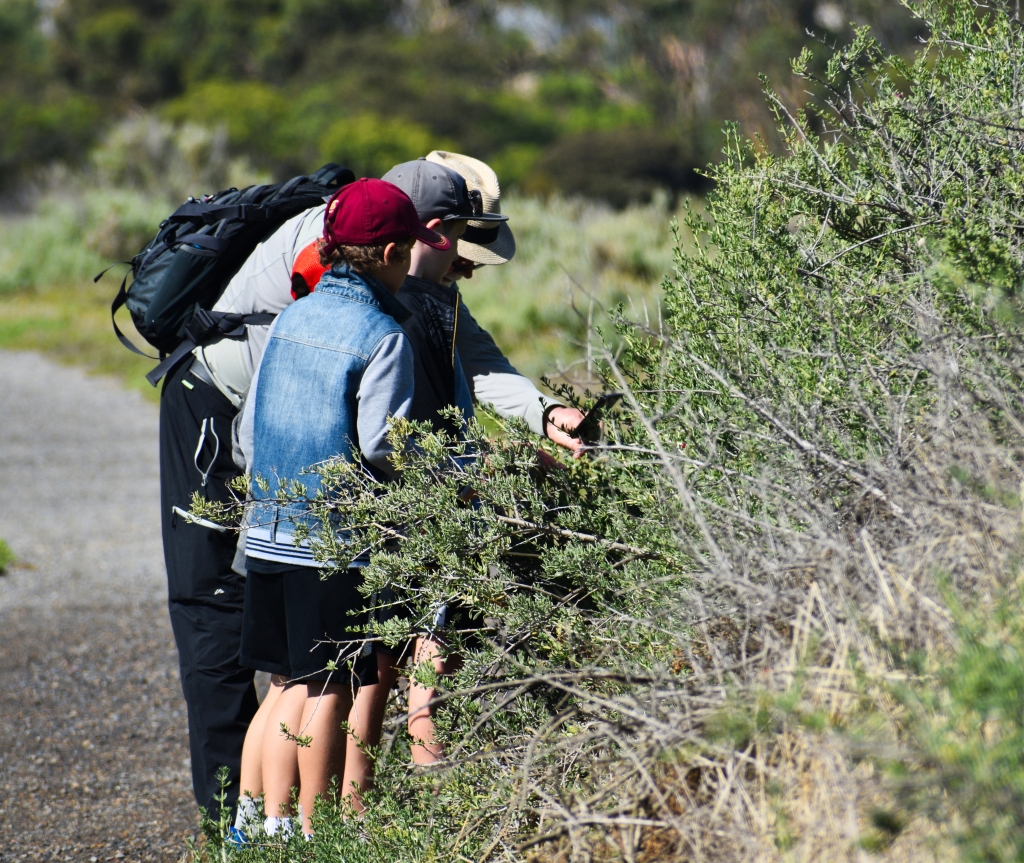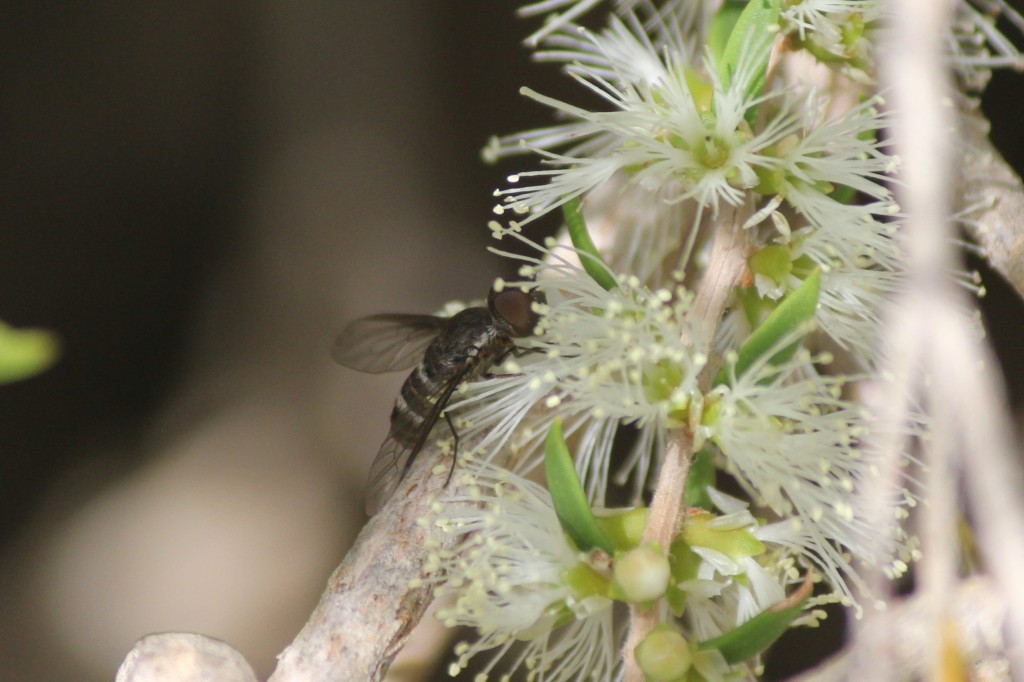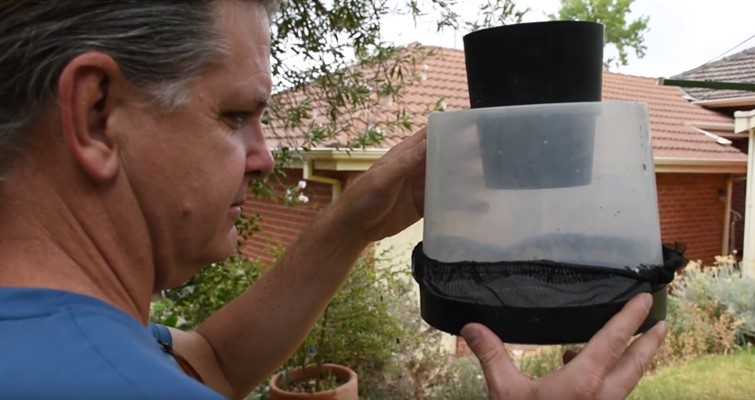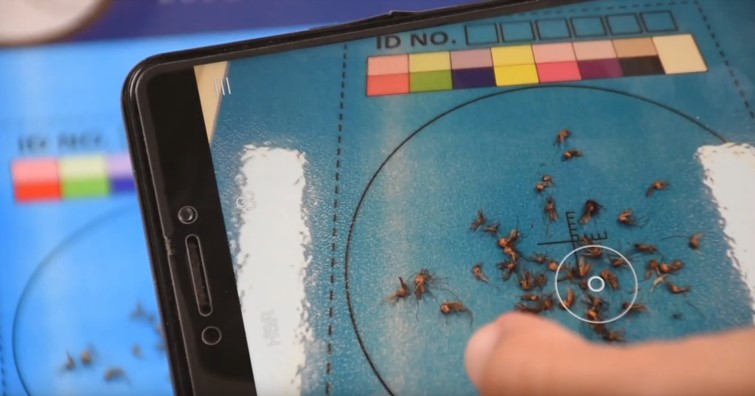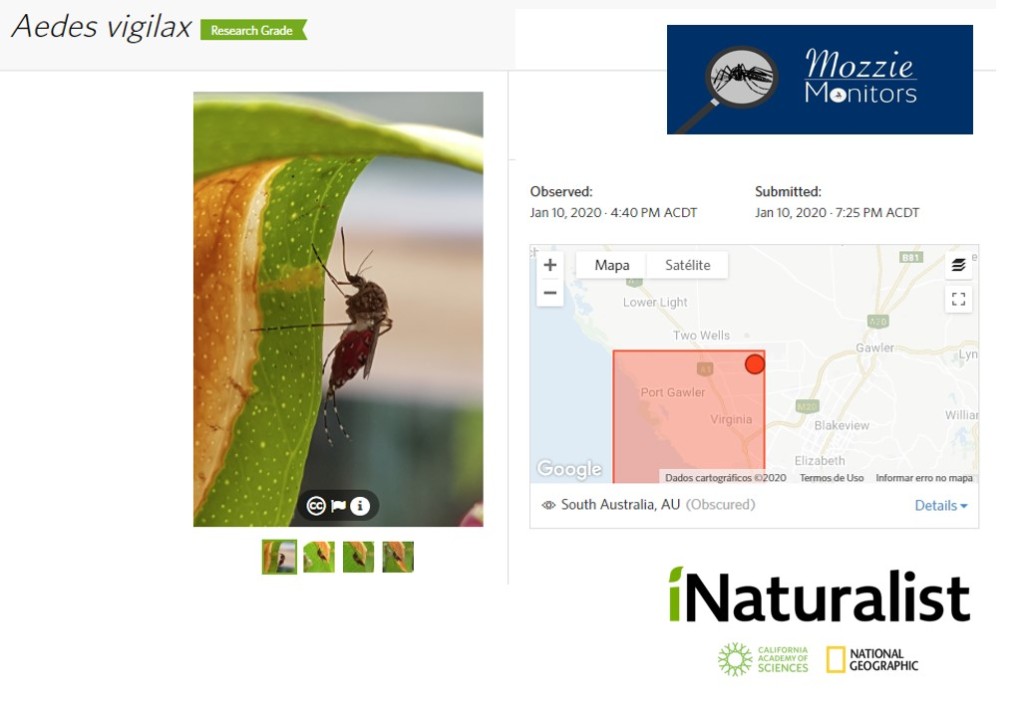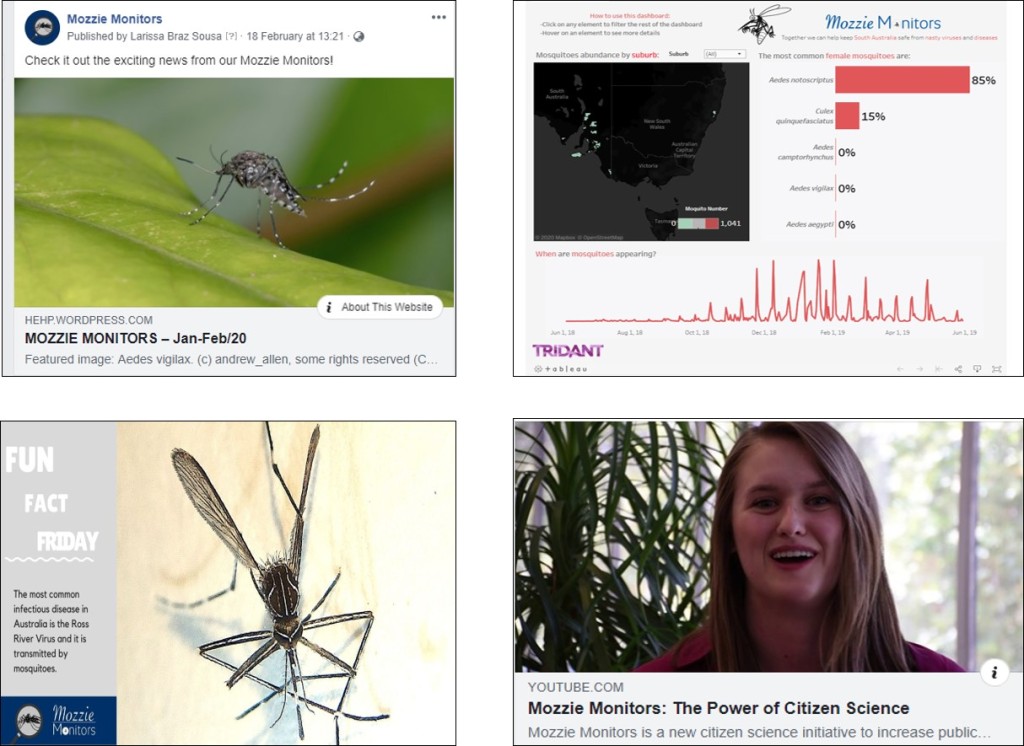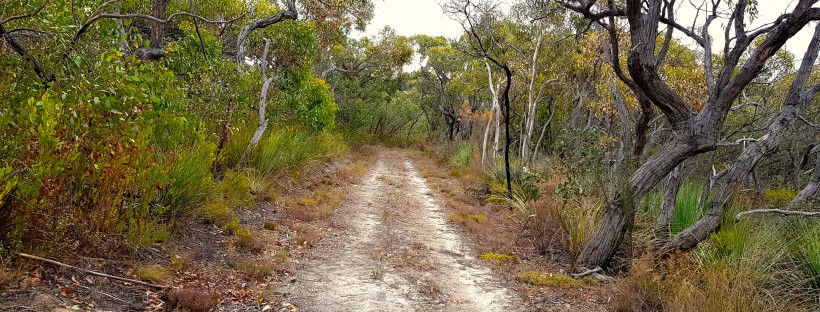From people’s yards to a work of global importance
Have you ever heard about Citizen Science? Are you aware of citizen science programs in your area?
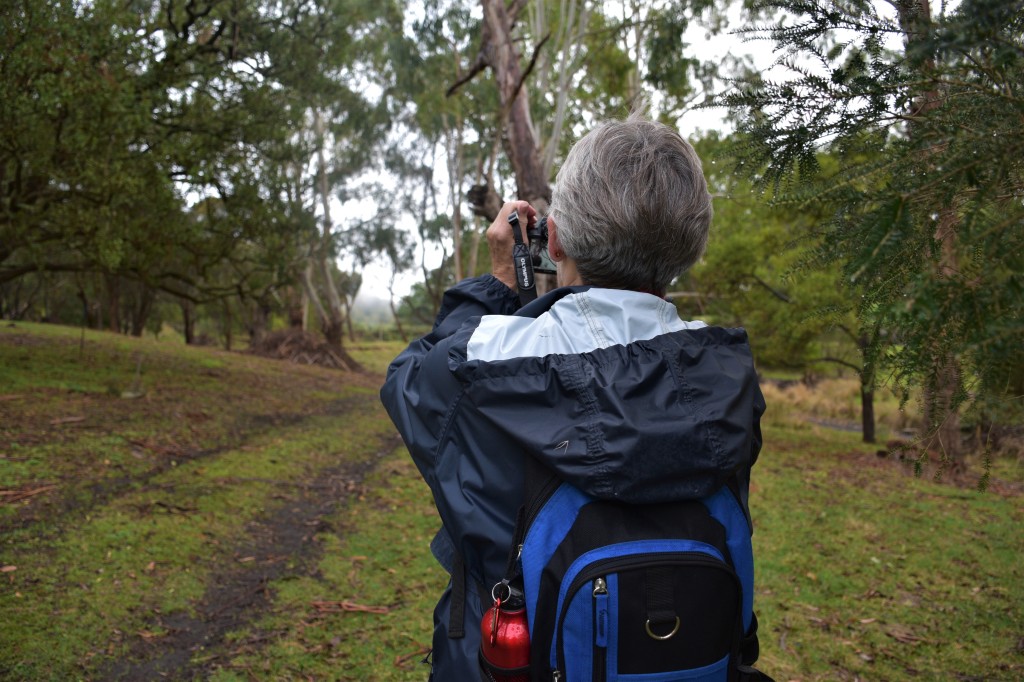
Did you know you can make scientific contributions from going out in nature? Or even from your own house? Or Online? Or perhaps from school?
Citizen Science is the public participation in scientific research, aiming to increase scientific data. These programs are based on partnerships between volunteers and researchers, who work together to answer questions or find solutions to problems in a scientific way.
Citizen scientists can make scientific and meaningful contributions while they learn about their environment and their observations.
There are many programs around Australia, as the partnerships between scientists and the community are growing. Citizen science programs can be found on the Atlas of Living Australia Biocollect Tool.
Citizen Science and Mosquito Surveillance
Citizen science projects applied to surveillance of vector mosquitoes are recent and have been increasing due to the concern of emergence and re-emergence of mosquito-borne diseases. Indeed, mosquitoes are considered the deadliest animals on Earth.
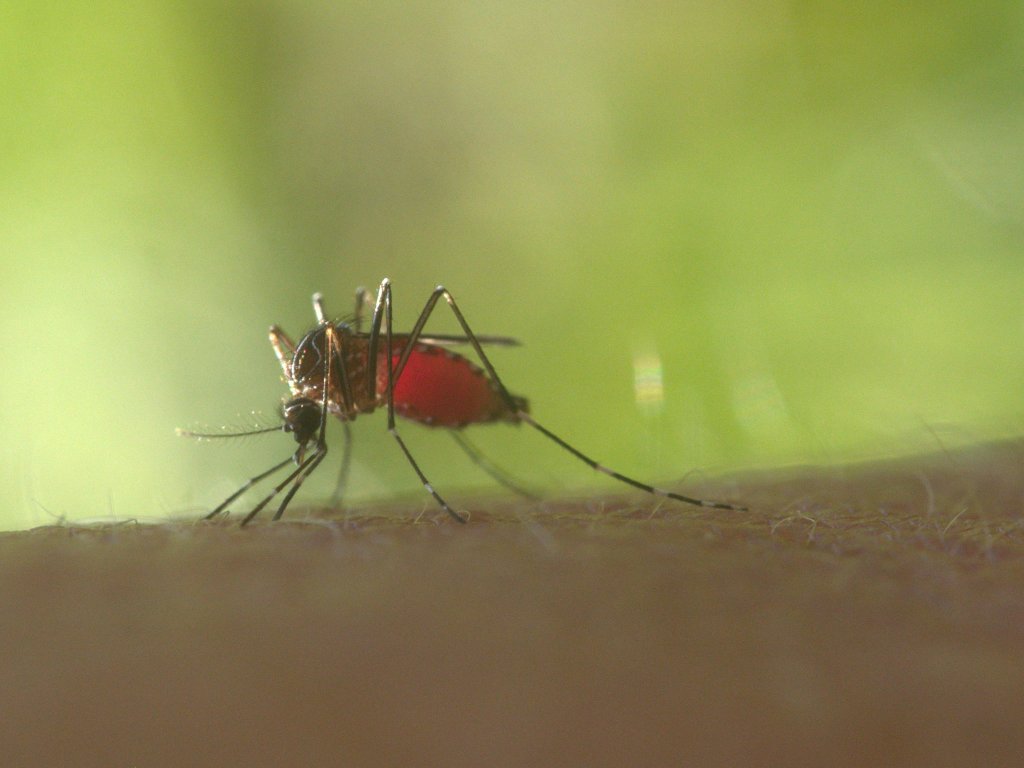
Mosquito-borne diseases (such as dengue, yellow fever, malaria) have been infecting millions of people worldwide. At least 400,000 people die every year due to malaria, and the most affected are children under the age of 5. For the majority of these diseases, the most effective way to prevent is avoiding mosquito bites and controlling mosquito populations.
Many citizen science programs on mosquito surveillance are emerging globally to track invasive and vector species, such as the Mosquito Alert, in Spain, and the Mückenatlas, in Germany. More recently, Mozzie Monitors was launched in Australia aiming to increase scientific data on mosquitoes and improve public health literacy among the participants.
Mozzie Monitors
Mozzie Monitors is the first citizen science program in the world which combines mosquito trapping with the community participation. The Mozzie Monitors project was originally crowd-funded, with a news and fund-raising campaign run by the University of South Australia. It was launched in 2018 by A/Prof Craig Williams and his team. Together, researchers and citizen scientists, have collected over 13,000 mosquitoes so far. The program has been growing and now, we are also running a project on the iNaturalist.
Check it out our video which features the story of Mozzie Monitors, the aims of the program, the first outcomes and the next steps to upscale the program to different contexts.
Citizen scientists can actively participate in Mozzie Monitors by either:
1) using a BG-GAT trap in their yards and sending through photos of the caught mosquitoes, or
2) using the iNaturalist app to share photos of mosquitoes at any time when there is a human-mosquito encounter.
Both methods bring valuable information regarding mosquito abundance and diversity across Australia.
Mozzie Monitors using BG-GAT Traps
Since 2018, over 150 people have been using BG-GAT traps in their properties, where they collect mosquitoes and send in photos of them every fortnight. In the University of South Australia, researchers count the mozzies and identify the species collected.
These data are available in a free-to-use platform, blogs and social media, where people can verify the species which occur in their areas and discuss mosquito abundance, diversity, disease risk and ecology.
Among the most common species collected, several are related to mosquito-borne diseases in Australia. Others, are not important vectors of diseases, but can cause nuisance due to being human-biters.
Mozzie Monitors using iNaturalist
Mozzie Monitors runs also a project on the iNaturalist platform, where citizen scientists from all over Australia have been contributing to mosquito surveillance. With the app, people can share their observations from anywhere and at anytime, contributing with a real-time information about human-mosquito encounters.
So far, people have shared data of 43 different species of mosquitoes in Australia. This is a rich information of mosquito fauna!
Similar to the trap data collection, the most common species observed are also related to mosquito-borne diseases in Australia.
The iNaturalist is an easy-to-use platform where people can interact with researchers and other wildlife enthusiasts, while they learn about species IDs and distribution.
Connections, education and health awareness
The Mozzie monitors team have engaged citizen scientists through social media platforms, facilitating discussions about mosquito IDs, behaviour and importance of mosquitoes (medical and ecological).
A community engaged in scientific collection, discussions and dissemination of outcomes is able to learn and take actions regarding mosquito occurrence, by emptying out artificial water containers or reporting vector species.
Through participation in mosquito surveillance, citizen scientists are playing a role in a work of global importance and helping protect their whole suburb from mosquito-borne diseases.
How to become a Mozzie Monitor?
Please contact us for more information about how to get involved: mozziemonitors@unisa.edu.au
If you would like to become a Mozzie Monitor using the trap or using the app, please register your interest bellow.
How to find us or learn more:
- Mozzie Monitors project on iNaturalist – https://www.inaturalist.org/projects/mozzie-monitors-australia
- Check out our research paper on Mozzie Monitors – https://www.sciencedirect.com/science/article/pii/S0048969719353410
- The Conversation article – https://theconversation.com/as-heat-strikes-heres-one-way-to-help-fight-disease-carrying-and-nuisance-mosquitoes-128466
- See our Tableau website for mosquito data: https://public.tableau.com/profile/mozzie.monitors#!/vizhome/MosquitoesinSouthAustralia
- Mozzie Monitors blog – https://hehp.wordpress.com/blog/
- Facebook – https://www.facebook.com/mozziemonitorsproject
- Twitter – https://twitter.com/MozzieMonitors
- Instagram – https://www.instagram.com/mozziemonitors/

